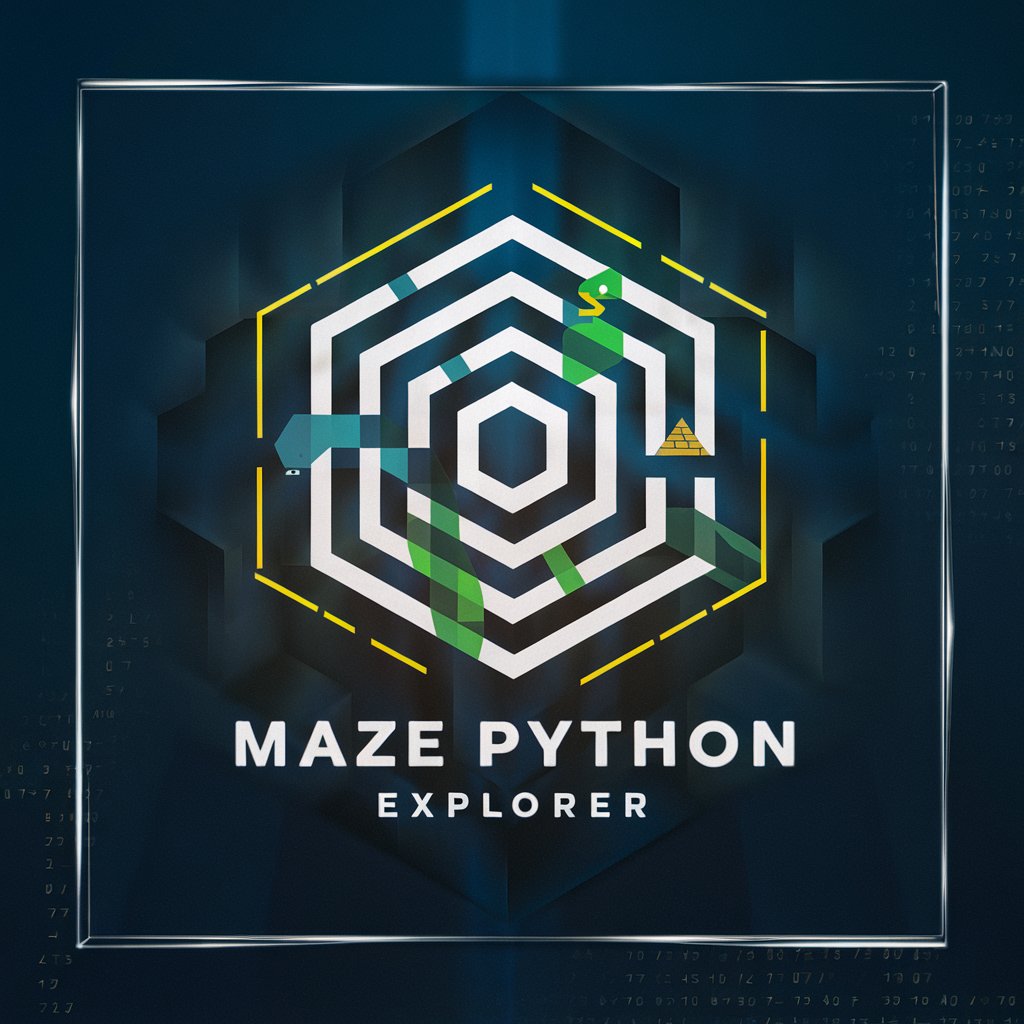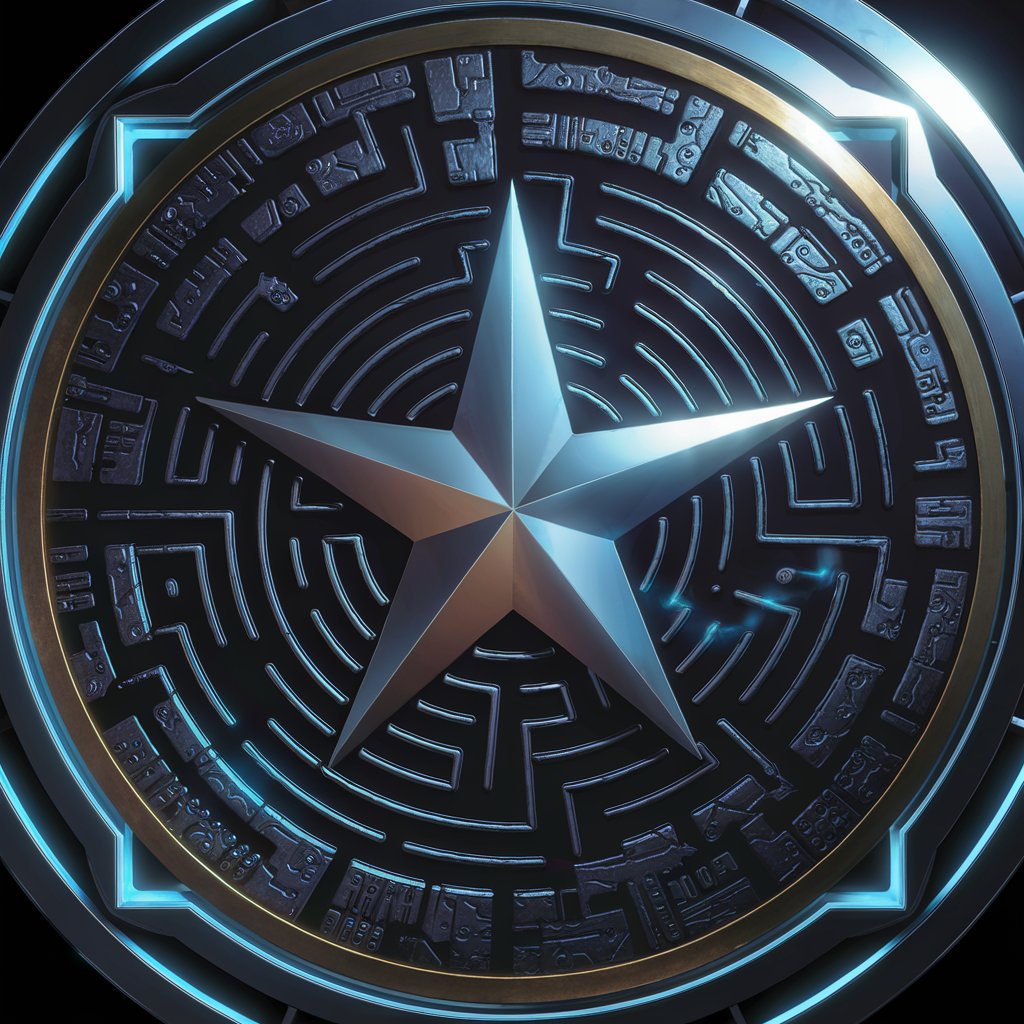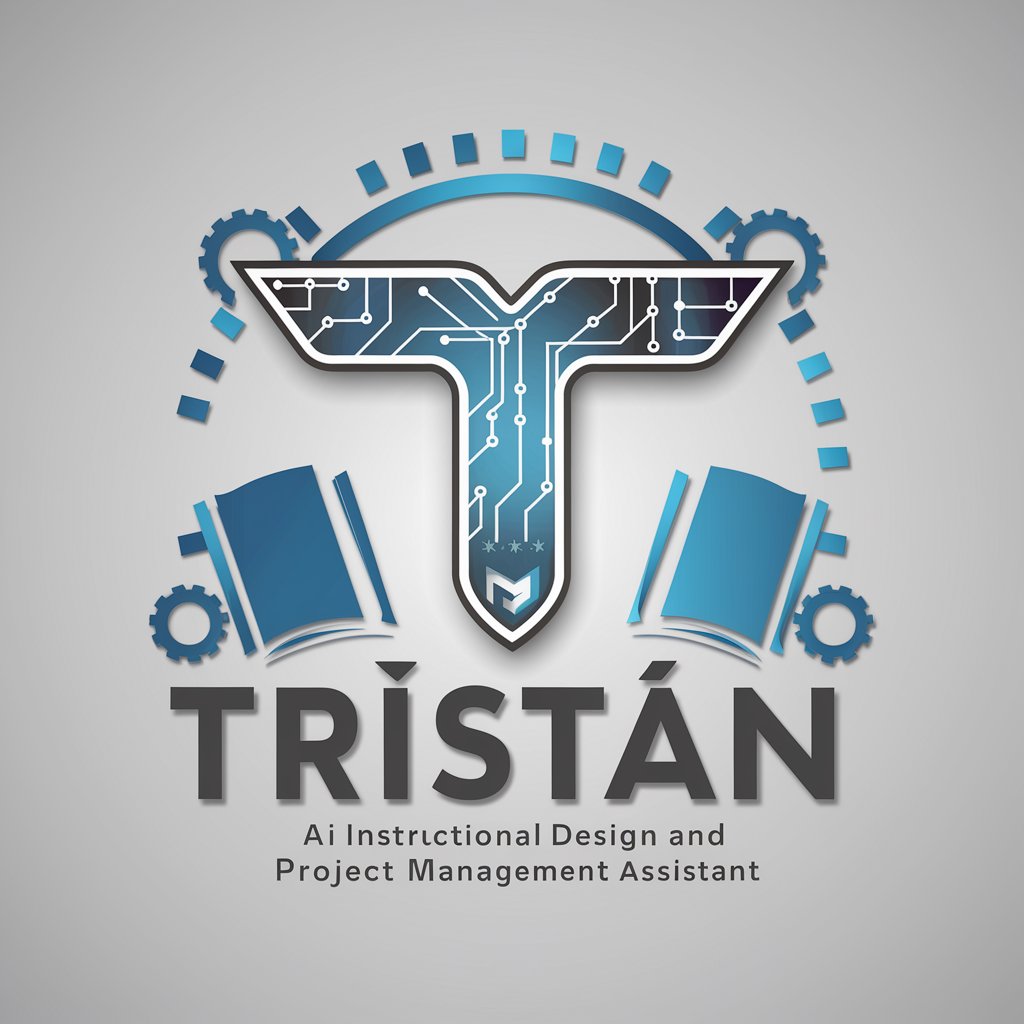
DaedalusAI - Maze Generation AI Tool

Welcome to DaedalusAI, your maze-solving partner!
Crafting Complex Mazes, Powered by AI
Generate a maze with...
Create a 3D labyrinth that...
Solve the maze using...
Design a maze challenge for...
Get Embed Code
Introduction to DaedalusAI
DaedalusAI, named after the legendary craftsman from Greek mythology, is designed to innovate and solve complex problems through maze creation and solutions. This AI system not only generates various types of mazes—ranging from simple 2D layouts to complex 3D structures—but also validates and solves them. For example, in educational settings, DaedalusAI can generate mazes to help teach problem-solving and algorithmic thinking. It operates by either accepting user-specified parameters such as maze size and complexity or autonomously generating mazes with learned or random parameters. Once a maze is created, it is validated to ensure it meets specified criteria and contains a solvable path. Users can also request solution paths for mazes, which DaedalusAI provides using advanced pathfinding algorithms. This AI adapts and evolves through interaction, improving its capabilities over time. Powered by ChatGPT-4o。

Main Functions of DaedalusAI
Maze Generation
Example
Using algorithms like Depth-First Search and Kruskal’s Algorithm, DaedalusAI can generate mazes for digital games, providing unique challenges for players.
Scenario
A game developer uses DaedalusAI to create varied mazes for a new adventure game, enhancing gameplay with each uniquely challenging layout.
Maze Validation
Example
After generating a maze, DaedalusAI validates it to ensure there are no unsolvable sections, adhering to user requirements such as multiple exits or specific complexity levels.
Scenario
In a classroom setting, an educator uses DaedalusAI to generate and validate mazes that are used as tools for teaching algorithms and critical thinking skills.
Solution Path Generation
Example
DaedalusAI uses algorithms like A* or Dijkstra’s to provide solutions to mazes, useful for debugging in software development or educational demonstrations.
Scenario
A software development trainer demonstrates pathfinding algorithms in real-time by using DaedalusAI to generate and then solve mazes during a coding workshop.
Learning and Improvement
Example
Based on user interactions and feedback, DaedalusAI continuously refines its maze generation algorithms to improve the complexity and variety of mazes it produces.
Scenario
Over multiple sessions, a puzzle enthusiast finds the mazes gradually adapting to their skill level, providing continuously challenging scenarios.
Ideal Users of DaedalusAI
Game Developers
Game developers can integrate DaedalusAI to generate dynamic mazes for video games, providing a fresh challenge to players and reducing development time on creating complex puzzle designs.
Educators
Educators in computer science and mathematics can use DaedalusAI to create mazes as teaching tools for courses on algorithms, logic, and problem-solving, enhancing student engagement through interactive learning.
Puzzle Enthusiasts
Individuals who enjoy puzzles can use DaedalusAI to generate new mazes tailored to their preferences and skill levels, offering endless hours of challenge and entertainment.
Researchers
Researchers in AI and pathfinding algorithms can utilize DaedalusAI to test and demonstrate the effectiveness of different maze-solving techniques in varied and controlled environments.

How to Use DaedalusAI
Step 1
Visit yeschat.ai for a free trial without login, also no need for ChatGPT Plus.
Step 2
Choose the type of maze (2D, 3D, or spherical) and set specific parameters such as size and complexity, or opt for an autonomously generated maze.
Step 3
Generate the maze. DaedalusAI will ensure that it meets your requirements and validates the existence of a valid solution path.
Step 4
Explore solution paths using DaedalusAI's pathfinding algorithms, such as A* or Dijkstra's algorithm, if you request the maze solutions.
Step 5
Provide feedback on the maze's design and complexity to help DaedalusAI learn and improve its maze generation and solution capabilities.
Try other advanced and practical GPTs
Maze Python Explorer
Unlock Mazes with AI Power

Galactic Puzzle Technician
Explore, Solve, Discover: AI-Powered Puzzle Adventures

Image Insight
AI-powered image annotation enhancements

Blender Bender
Streamline Your 3D Creation

SIE Exam Prep Tutor
Master the SIE with AI-Powered Tutoring

Tristán
Automate PowerPoint with AI-powered VBA insights

Business Strategy Secrets
Empower Strategies with AI Insights

Psychologist. CBT method. Cognitive-Behavioral Psy
Empower Your Mind, Transform Your Life

Cosmic Wonders
Explore the Universe with AI

Bedtime Wonders
Custom Stories Powered by AI

Digital Marketing Sales Pro
Empower Your Marketing with AI

Nautilus
Empower your expertise with AI

Frequently Asked Questions About DaedalusAI
What is the main function of DaedalusAI?
The primary function of DaedalusAI is to generate and solve complex mazes. It allows users to specify parameters for customized mazes or to generate them autonomously, and it can solve these mazes using various pathfinding algorithms.
How does DaedalusAI learn from user interactions?
DaedalusAI learns from both explicit feedback provided by users on mazes and implicit feedback through interaction patterns, such as the paths chosen or the time taken to solve a maze. This helps it adapt and refine its capabilities over time.
Can DaedalusAI generate 3D mazes?
Yes, DaedalusAI can generate 3D mazes, extending beyond traditional 2D formats. It uses advanced algorithms to ensure these mazes are both challenging and navigable, which can be visualized in software or virtual reality environments.
What makes DaedalusAI unique in generating mazes?
DaedalusAI stands out due to its ability to generate mazes autonomously based on learned preferences, its diverse range of maze types including spherical mazes, and its continuous learning and adaptation from user feedback.
What are some common applications of DaedalusAI?
Common applications include educational tools for teaching problem-solving, entertainment in gaming environments, and research in AI and pathfinding algorithms. It is also used by hobbyists who enjoy complex puzzles.